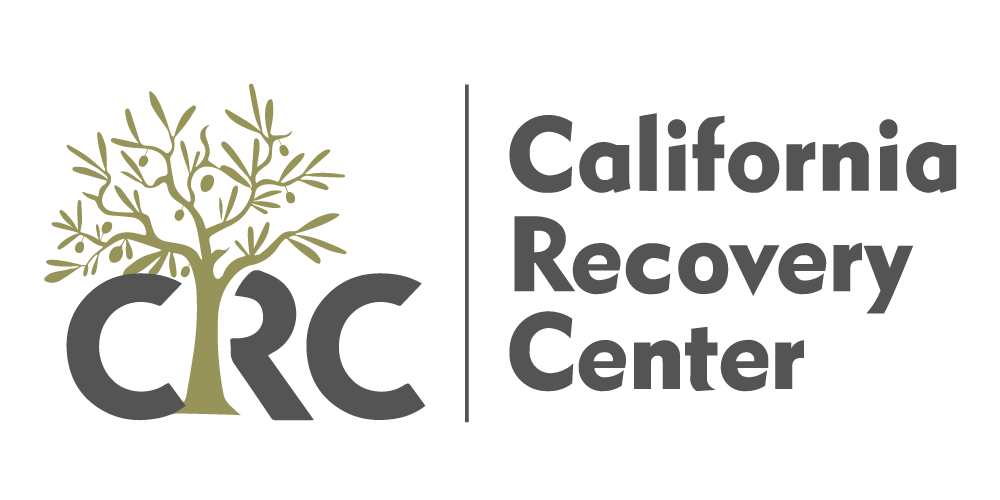Detoxing from alcohol at home can sometimes be safe, but only under medical supervision and only for people with a mild withdrawal risk. For those with heavy daily drinking, a history of seizures or delirium tremens (DTs), or serious health problems, inpatient detox is strongly recommended. Sudden “cold turkey” withdrawal without medical help can be dangerous, even life-threatening.
Understanding Alcohol Detox and Withdrawal
When someone dependent on alcohol suddenly stops drinking, the body reacts because it has adapted to alcohol’s presence. This process, called withdrawal, can range from mild to severe. Common symptoms include anxiety, restlessness, nausea, sweating, headache, and sleep problems. More dangerous complications, such as seizures or DTs (a severe state of confusion with agitation, fever, and unstable vital signs), can also occur. These risks make detoxing at home without medical support unsafe for many people.
Medical Detox vs. Detox at Home
Inpatient detox programs provide 24/7 medical supervision, immediate treatment for complications, and medication support. This is the safest option, especially for people at higher risk of severe withdrawal.
Outpatient or supervised home detox may be considered for people with:
- Mild alcohol dependence
- No history of seizures or DTs
- Stable housing and a reliable support person at home
- No major medical or psychiatric conditions
Anyone over 65, drinking more than 8 drinks daily, or with serious comorbidities, should not attempt home detox.
What Happens During Withdrawal?
- Symptoms usually begin within hours after the last drink.
- Seizures can occur between 8 and 48 hours.
- Delirium tremens typically develops 48–96 hours after, but may appear up to 8 days later.
- Most withdrawal improves after about a week, but fatigue, mood changes, and sleep issues may last longer.
Because severe symptoms can arise unexpectedly, even people who start with mild discomfort should be monitored by a professional during detox.
Medications and Support During Detox
The safest way to detox, whether inpatient or outpatient, is through medical oversight. Doctors may prescribe medications to reduce symptoms and prevent seizures or DTs.
- Benzodiazepines (such as diazepam or lorazepam) are the first line for moderate to severe withdrawal.
- Carbamazepine or gabapentin may be used for mild cases or as add-ons.
- Thiamine (vitamin B1) is recommended for all people detoxing from alcohol to prevent Wernicke’s encephalopathy. High-risk patients may require injectable thiamine before receiving glucose.
Doctors will also encourage hydration, balanced meals, and a calm environment to reduce stress on the body.
How At-Home Detox Works (When approved)
If a healthcare provider determines you’re a candidate for outpatient detox, they’ll typically require:
- Daily check-ins for up to 5 days after the last drink to track vitals and symptoms.
- A support person to stay with you and monitor safety.
- A clear plan for when to seek emergency help.
At home, alcohol should be removed from the environment, medications should be taken exactly as prescribed, and medical warning signs should be recognized quickly.
Seek immediate medical care if you experience:
- Seizures or repeated vomiting
- Hallucinations or confusion
- Difficulty breathing or chest pain
- Severe oversedation from medication
Is Inpatient Detox a Better Option?
For many, yes. Inpatient detox offers the highest level of safety and comfort, with round-the-clock monitoring, faster medical response, and structured support. It also provides a seamless transition into ongoing treatment programs such as counseling, therapy, and relapse prevention planning critical steps for long-term recovery.
Is it Safe to Detox from Alcohol at Home?
Detoxing from alcohol at home without medical guidance is not safe. While supervised outpatient detox is possible for some with mild dependence and strong support, most people benefit from the safety of inpatient care. At California Recovery Center, our medically assisted detox programs offer expert monitoring, proven treatment strategies, and compassionate support to guide you through the first and often hardest step of recovery.
If you or someone you care about is considering alcohol detox, contact our admissions team today to learn about safe treatment options.
References
American Academy of Family Physicians (AAFP). “Alcohol Withdrawal Syndrome: Outpatient Management.” 2021.
StatPearls. “Alcohol Withdrawal Syndrome.” Updated 2023.
National Institute for Health and Care Excellence (NICE). “Alcohol-use Disorders: Diagnosis and Management of Physical Complications.” 2023.




